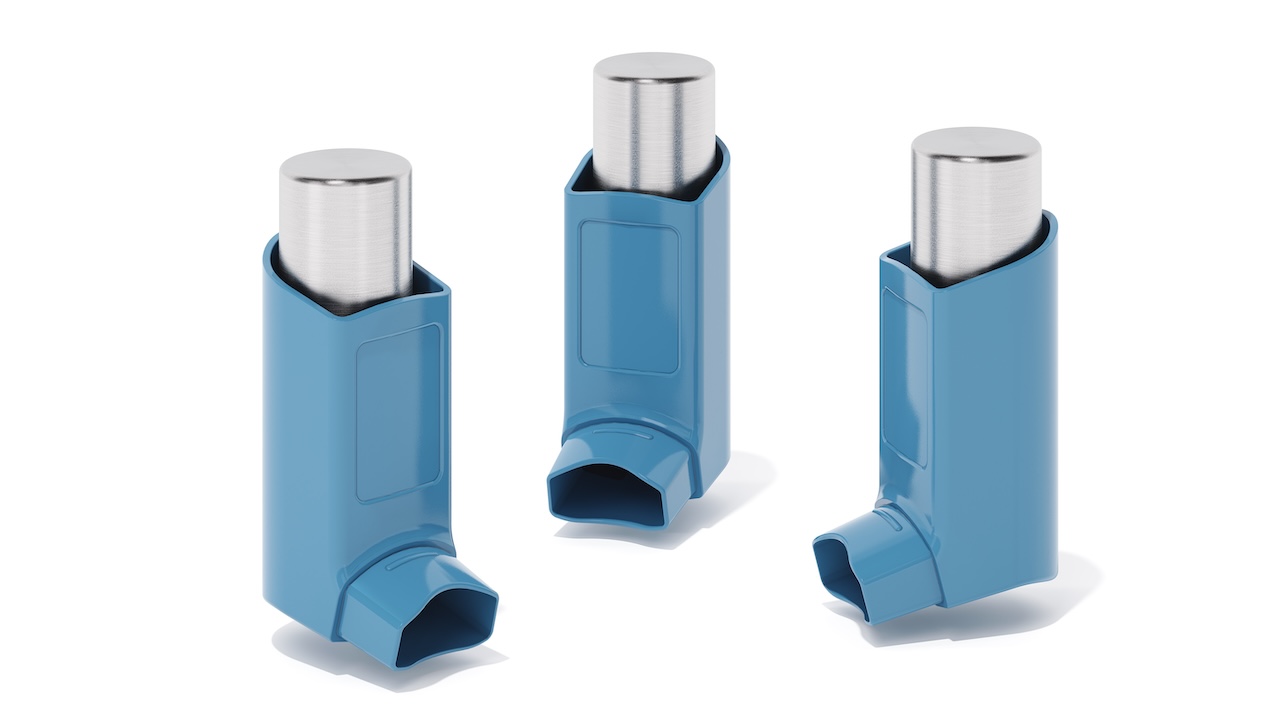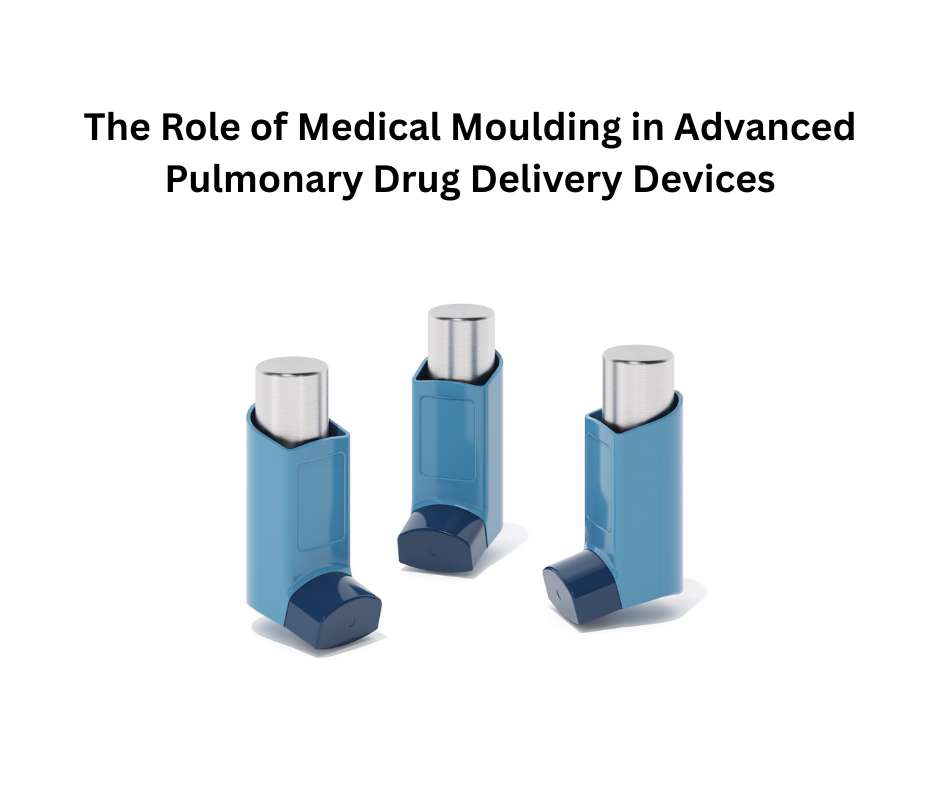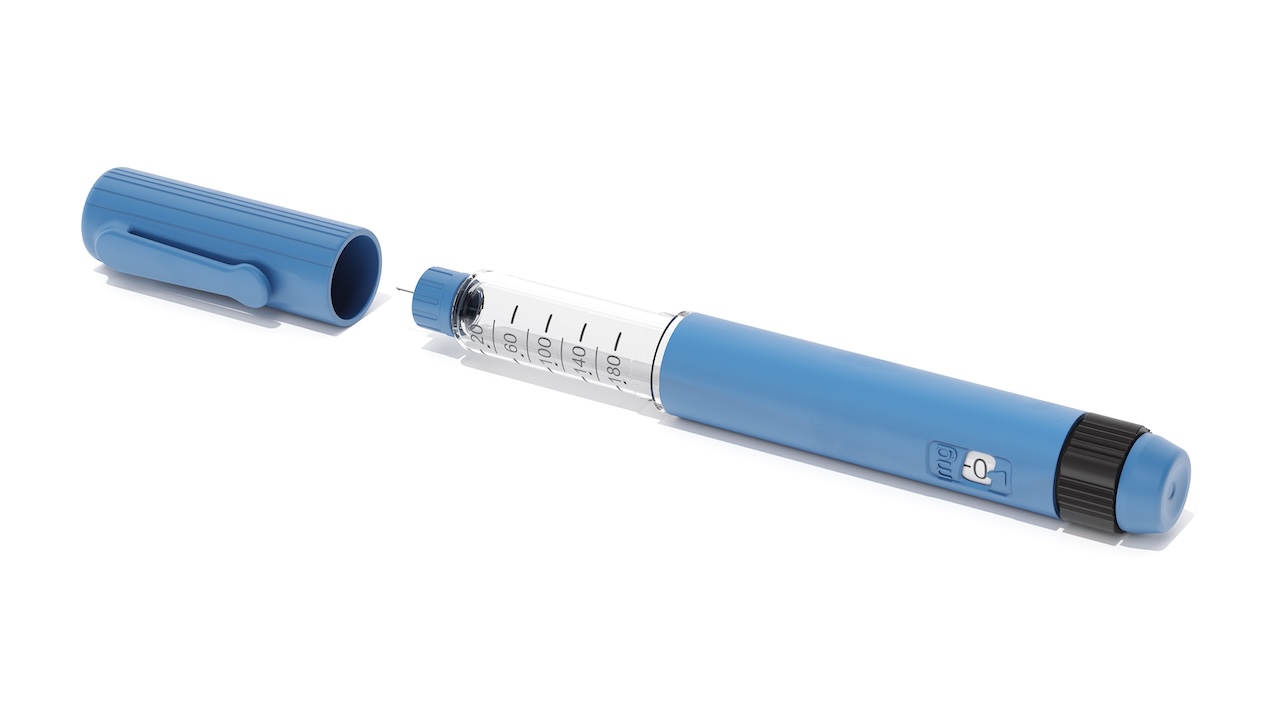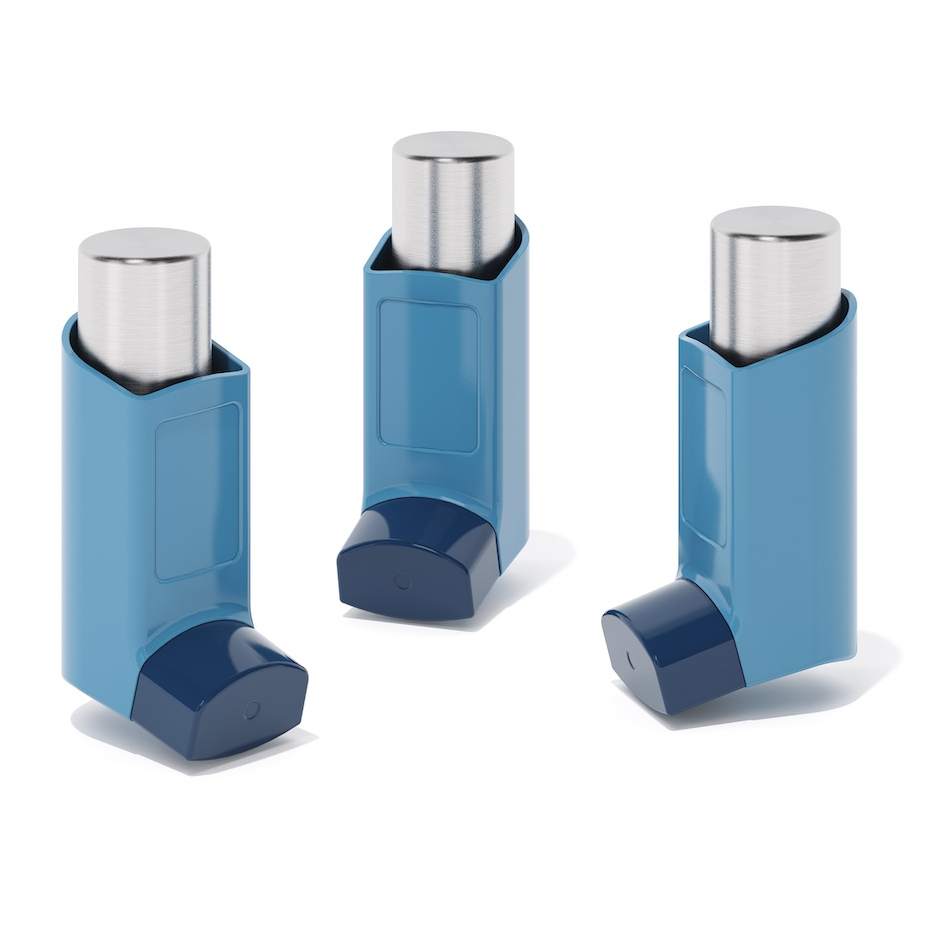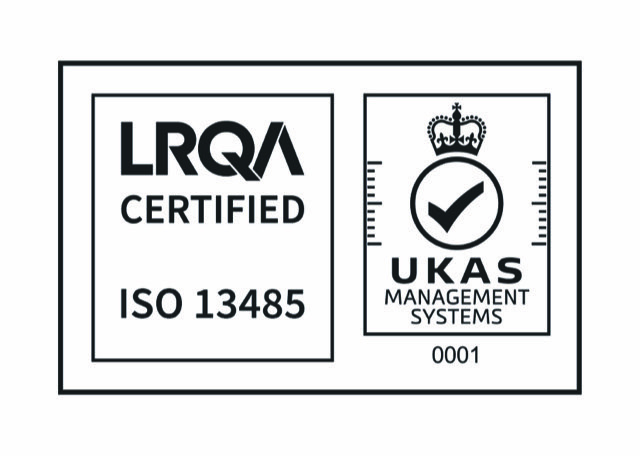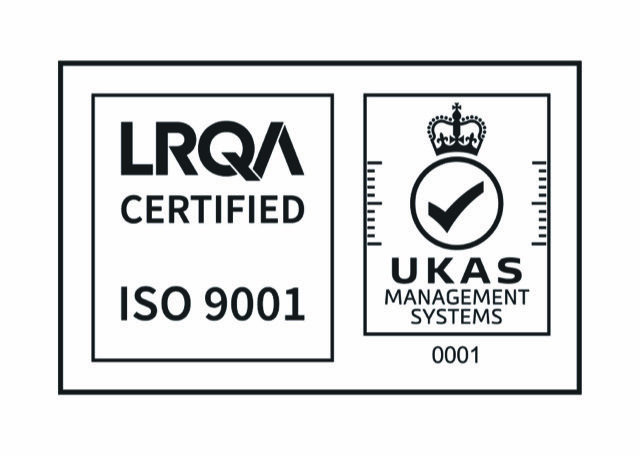Inhaled vaccines: A needle-free future for Respiratory Immunisation
Inhaled vaccines, delivered as nasal sprays, aerosols or dry powders, are emerging as a transformative strategy for preventing respiratory infections. Unlike traditional intramuscular injections, these vaccines stimulate mucosal immune responses, particularly secretory immunoglobulin A (IgA), directly at the site of viral entry. This dual mucosal-systemic protection could block infection and transmission more effectively than injectable vaccines (Dotiwala et al., 2023; Jeyanathan et al., 2025). Although several candidates, such as intranasal COVID-19 and aerosolised adenoviral vaccines, have reached human trials, further work on formulation, dosing, and regulatory standardisation is required (WHO, 2024).
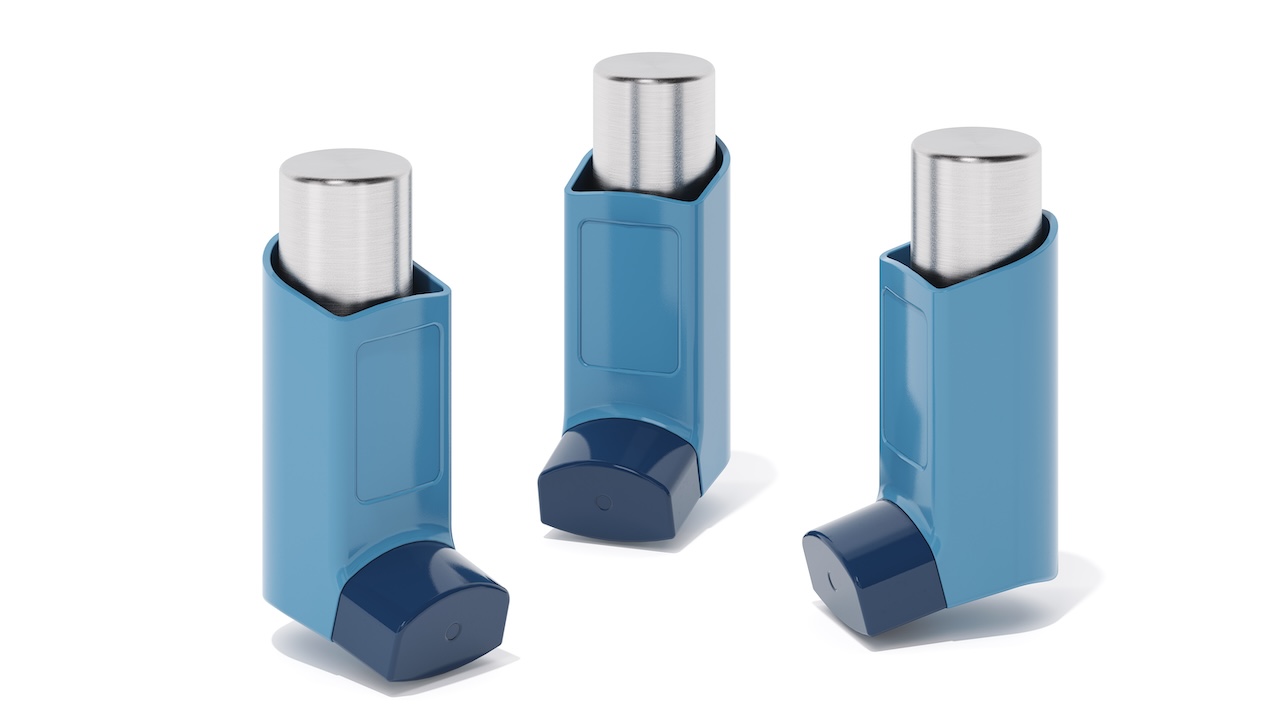
Why Target the Respiratory Mucosa?
Most respiratory pathogens, including influenza viruses, SARS-CoV-2, and respiratory syncytial virus, enter via the nasal or pulmonary mucosa. Traditional injections generate systemic IgG but limited mucosal IgA. In contrast, mucosal vaccination elicits local IgA antibodies and tissue-resident T cells that intercept pathogens before systemic infection, reducing viral shedding and onward transmission (Russell et al., 2020; Dotiwala et al., 2023).
Delivery Platforms and Formulations
1. Intranasal Sprays
Intranasal delivery is established through the live attenuated influenza vaccine (LAIV), used in the UK’s childhood flu programme under the brand Fluenz Tetra. The vaccine is administered via a metered nasal spray that induces both systemic and mucosal immunity (NHS, 2025; Public Health England, 2023).
2. Inhaled Aerosols
Aerosolised vaccines are delivered as fine droplets to the lungs, targeting both upper and lower respiratory tracts. Early human studies of aerosolised adenoviral COVID-19 vaccines have shown robust mucosal immune responses and systemic neutralising antibodies (Jeyanathan et al., 2025; Zhou et al., 2024). Particle size control is essential, 5 µm particles typically reach bronchioles, whereas larger particles deposit in the nasal cavity.
3. Dry-Powder Inhalers (DPIs)
Dry-powder formulations offer greater thermostability and eliminate the need for a cold chain. Measles vaccine delivered by DPI has demonstrated comparable seroconversion rates to subcutaneous injection in clinical trials (Sievers et al., 2023; WHO, 2024).
4. Adjuvants and Vector Platforms
Novel adjuvants such as bacterial-derived toll-like receptor agonists and nanoparticle carriers enhance mucosal immunity. Viral vectors, particularly chimpanzee adenovirus (ChAd) or Newcastle disease virus, have shown promise in intranasal COVID-19 vaccine development (Bharat Biotech, 2023; Dotiwala et al., 2023).
Clinical Progress
Licensed Example: Live Attenuated Influenza Vaccine (LAIV)
The UK’s National Health Service recommends LAIV for all children aged 2-17 years, barring contraindications such as severe immunosuppression (NHS, 2025). It demonstrates that large-scale intranasal vaccination is safe, effective, and logistically feasible (Pebody et al., 2022).
Intranasal COVID-19 Vaccines
Bharat Biotech’s iNCOVACC (BBV154) became the world’s first approved intranasal COVID-19 vaccine in India, used as both a primary and heterologous booster. Phase 3 trials reported strong mucosal IgA and systemic IgG responses with an acceptable safety profile (Bharat Biotech, 2023; Sharma et al., 2024).
Aerosolised Adenoviral Vaccines
Inhaled aerosol delivery of ChAd-vectored vaccines has induced potent pulmonary T-cell and mucosal IgA responses in early clinical studies, supporting its role for future coronavirus and influenza platforms (Jeyanathan et al., 2025).
Advantages of Inhaled Vaccines
Local immune protection: Induces mucosal IgA and resident T cells at the infection site (Russell et al., 2020).
Needle-free delivery: Improves vaccine acceptance, particularly among children and needle-averse adults, and reduces sharps waste (WHO, 2024).
Potential dose-sparing: Mucosal routes can elicit protection with lower antigen doses compared with intramuscular injection (Dotiwala et al., 2023).
Cold-chain independence: Thermostable powders or sprays enhance accessibility in low-resource settings (Sievers et al., 2023).
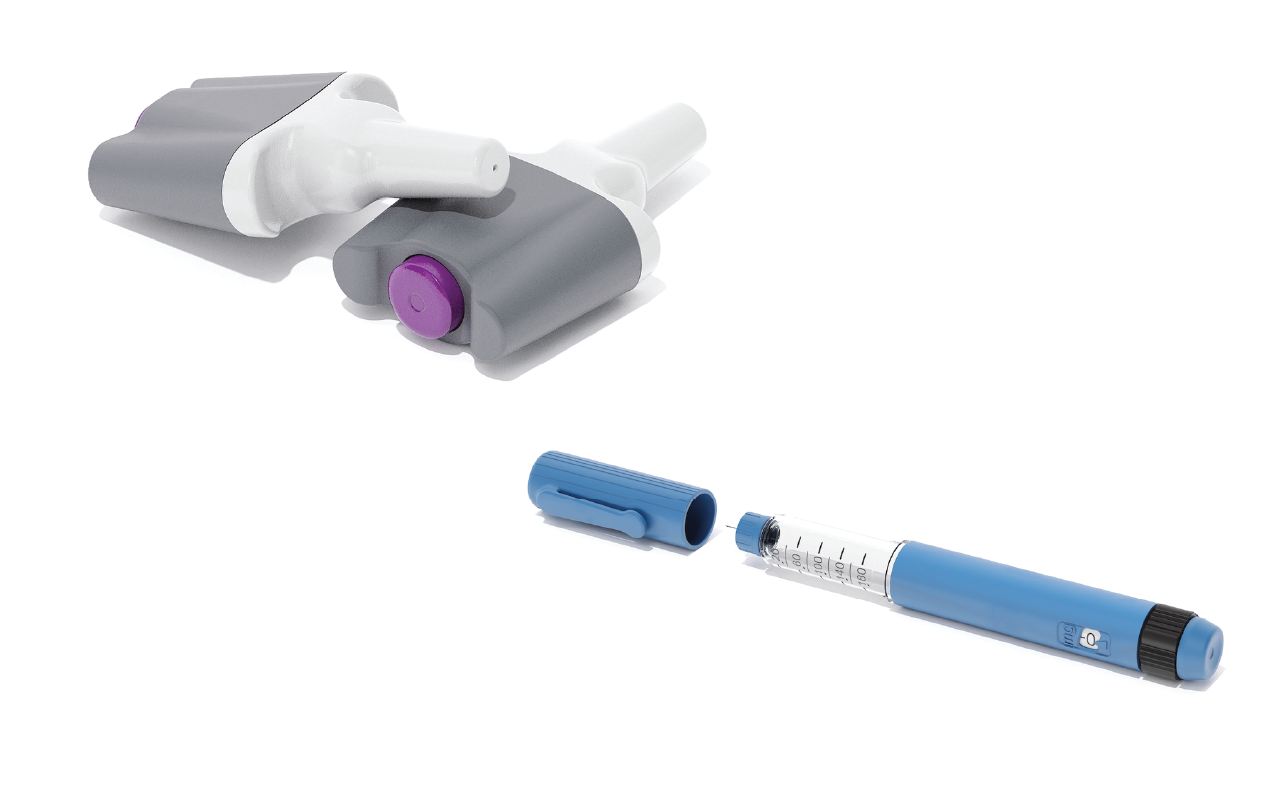
Technical and Regulatory Challenges
Formulation stability: Maintaining antigen structure in spray or powder form is challenging, particularly for live or vector-based vaccines (Sievers et al., 2023).
Dose consistency: Inhalation strength and technique can vary across individuals, complicating standardisation (Zhou et al., 2024).
Safety considerations: Local nasal irritation, congestion, or mild rhinorrhoea are common but self-limiting side-effects (NHS, 2025).
Regulatory complexity: Defining correlates of mucosal protection (e.g., IgA titres, tissue-resident T cells) remains a scientific and regulatory challenge (WHO, 2024; EMA, 2024).
Device integration: Co-development of inhaler systems and vaccine formulations adds cost and technical demands (Dotiwala et al., 2023).
UK Implementation Outlook
The UK already has infrastructure for nasal vaccine delivery via the national flu programme, providing a model for future inhaled products. Expanding such systems to adults or new respiratory targets will require revised training, procurement of delivery devices, and communication on comparative efficacy (NHS, 2025; Public Health England, 2023).
Research Priorities
- Establish standardised mucosal immune correlates, such as IgA thresholds and mucosal T-cell assays (Russell et al., 2020).
- Develop novel mucosal adjuvants that balance immunogenicity and tolerability (Dotiwala et al., 2023).
- Advance thermostable formulations for equitable global distribution (WHO, 2024).
- Conduct head-to-head efficacy trials comparing mucosal and systemic vaccination routes (Jeyanathan et al., 2025).
Inhaled vaccines have moved from theoretical promise to practical reality, exemplified by intranasal influenza and COVID-19 vaccines. By targeting mucosal immunity, they can interrupt infection chains at the point of entry while improving patient compliance and global accessibility. Continued multidisciplinary collaboration, combining immunology, formulation science, device engineering, and regulatory innovation, is vital to achieve a truly needle-free future for respiratory immunisation (WHO, 2024; Jeyanathan et al., 2025; Dotiwala et al., 2023).
References
Bharat Biotech (2023). iNCOVACC (BBV154) Product and Clinical Information. Hyderabad, India.
Dotiwala F. et al. (2023). “Next-generation mucosal vaccine strategies for respiratory pathogens.” Nature Reviews Immunology, 23(9), 567-583.
EMA (2024). Guideline on the Clinical Evaluation of Vaccines. European Medicines Agency, London.
Jeyanathan M. et al. (2025). “Induction of lung mucosal immunity by a next-generation inhaled aerosol vaccine.” Nature Communications, 16(2): 1189-1197.
NHS (2025). Fluenz Tetra Nasal Spray Vaccine: Who Should Have It. NHS UK.
Pebody R. et al. (2022). “Effectiveness of the live attenuated influenza vaccine in children in England.” Eurosurveillance, 27(14): 2200134.
Russell M.W. et al. (2020). “Mucosal immunity in COVID-19: a neglected but critical aspect.” Nature Reviews Immunology, 20(6), 353-354.
Sharma R. et al. (2024). “Safety and immunogenicity of the intranasal COVID-19 vaccine BBV154: Phase 3 trial results.” The Lancet Infectious Diseases, 24(3), 310-322.
Sievers B.L. et al. (2023). “Dry-powder measles vaccine for global immunisation programmes.” Vaccine, 41(12), 1970-1979.
WHO (2024). Mucosal Vaccination and Respiratory Disease: Technical Report Series No. 1045. World Health Organization, Geneva.
Zhou Y. et al. (2024). “Aerosol delivery of adenoviral vector vaccines induces mucosal and systemic immunity.” Science Translational Medicine, 16(710), eabq4429.

